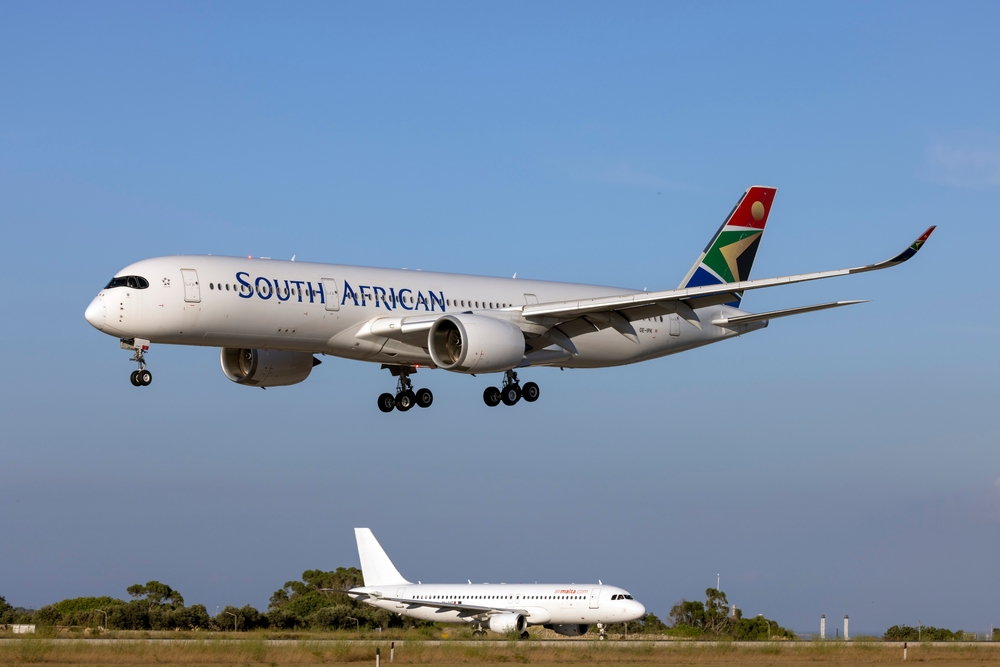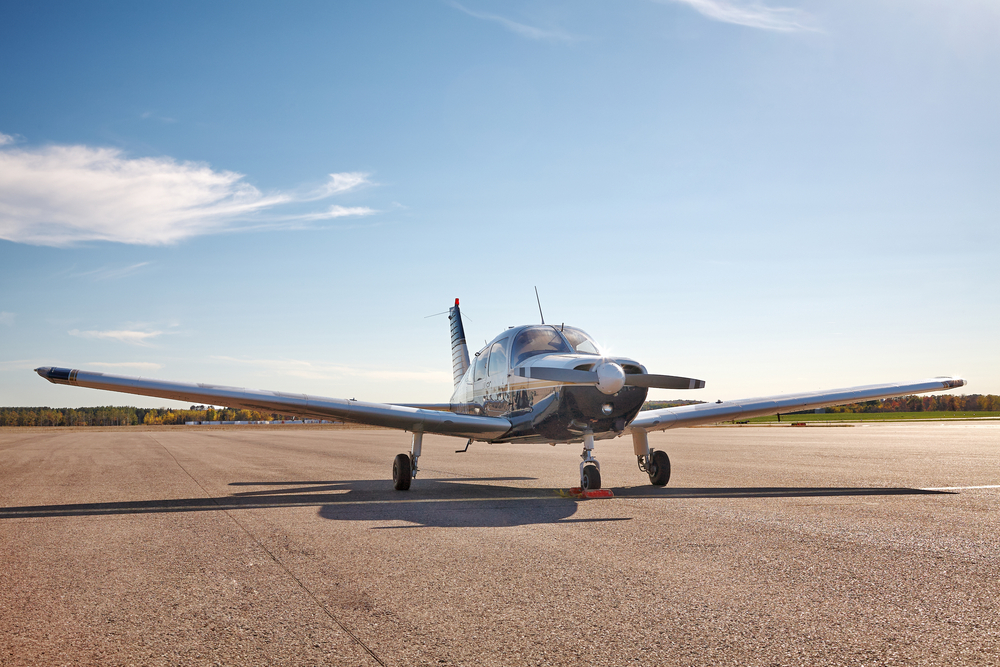Uncover the legacy of South African Flight 295, a tragic aviation disaster that reshaped global airline safety and regulation practices.
South African Airways Flight 295: The Helderberg Disaster

South African Airways Flight 295, known as the Helderberg disaster, was a tragic event in aviation history. The flight took place on November 28, 1987. It was a scheduled international passenger flight from Taipei to Johannesburg with a stop at Mauritius. The aircraft involved was a Boeing 747 Combi known as the Helderberg.
The Aircraft

The Boeing 747 Combi is a unique aircraft that can carry both passengers and cargo. The Helderberg was equipped to carry cargo in the main deck’s rear section. This allowed for flexibility in transporting goods along with passengers, making it a versatile choice for airlines.
The Flight
The flight departed Taipei at 14:22 UTC. It proceeded normally until 15:03 UTC. At this time, the crew reported smoke in the cabin. A subsequent fire warning came within four minutes. The situation escalated quickly, with communications becoming erratic as the crew attempted to manage the disaster. The aircraft was last seen on Mauritius radar before disappearing from screens.
The Crash
Flight 295 crashed into the Indian Ocean, approximately 150 miles northeast of Mauritius. All 159 passengers and crew on board tragically lost their lives. The impact and subsequent sinking of the aircraft left little evidence initially recovered. The main wreckage was located more than 4,400 meters below the surface, making recovery efforts extremely challenging.
Investigation
The investigation into the crash took years. Challenges were numerous, including the depth of the wreckage and the distribution of debris over a wide area. South Africa’s Civil Aviation Authority (CAA) led the investigation with international assistance. Theories about the cause of the crash varied widely.
Findings
Many factors were considered, such as the role of the cargo, maintenance records, and witness statements. The investigators concluded the most likely cause was a fire originating in the main deck cargo hold. This fire spread rapidly, overwhelming the crew’s efforts to manage the situation. It was determined that the exact source of the fire could not be pinpointed, but hazardous materials might have been involved.
Cargo Concerns
Speculation about the cargo’s role in the disaster remains to this day. There were allegations that dangerous goods were being smuggled. Cargo holds on Combis were subjected to less rigorous scrutiny than those of dedicated cargo planes. This could have allowed hazardous materials to be loaded without strict adherence to safety protocols.
Safety Reforms
The disaster prompted significant changes in aviation safety regulations. Authorities tightened regulations on the transport of cargo, especially on passenger flights. Enhanced fire detection and suppression systems became mandatory. Airlines increased transparency and accuracy in cargo documentation, improving safety for crew and passengers alike.
Memorials
Several memorials were erected to commemorate those lost in the disaster. In South Africa, a memorial was established in Kempton Park. Another was set up at the crash site in Mauritius. These serve as somber reminders of the tragedy and the need for continued vigilance in aviation safety.
Legacy
South African Airways Flight 295’s legacy extends beyond the immediate tragedy. The incident underscored the importance of stringent safety measures in aviation. It remains a case study in emergency procedures and risk management. The Helderberg disaster is a poignant reminder of the impact of aviation accidents on passengers, crew, and their families.
